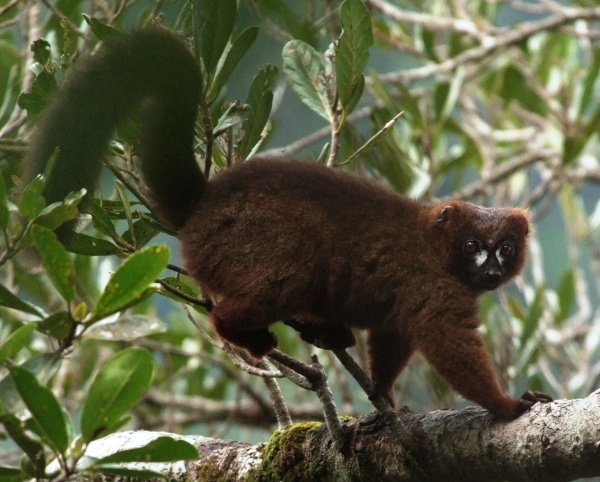Facts About Red-bellied lemur
The red-bellied lemur is a captivating, medium-sized primate that inhabits the lush forests of eastern Madagascar. First identified in 1850, these diurnal creatures are easily distinguishable by the pronounced differences in appearance between males and females, a phenomenon known as sexual dimorphism. Unfortunately, due to threats such as slash-and-burn agriculture, the red-bellied lemur is listed as vulnerable on the IUCN Red List.
Referred to by various names among the Malagasy people, the red-bellied lemur is notable for the males' chestnut brown coats and the females' white-cream fur on their bellies. These lemurs measure between 34 to 40 cm in body length, with tails that are nearly 20% longer than their bodies. Their range extends from the Tsaratanana Massif to the Manampatrana River in eastern Madagascar, with a significant population in Ranomafana National Park.
Sharing their habitat with four other Eulemur species, red-bellied lemurs thrive in dense evergreen forests with a vibrant canopy. They tend to live in monogamous groups and are cathemeral, meaning they are active during both day and night.
Their diet consists of a variety of plants, making them crucial seed dispersers for their ecosystem. Red-bellied lemurs give birth once a year; however, the infant mortality rate is approximately 50%. Conservation efforts are vital as their habitat continues to diminish due to human activities. Although these lemurs are found in several national parks and reserves, they still face significant threats from habitat destruction, illegal logging, and hunting. Despite these challenges, ongoing conservation initiatives aim to protect these unique animals, with some lemurs becoming accustomed to human presence in certain protected areas.
